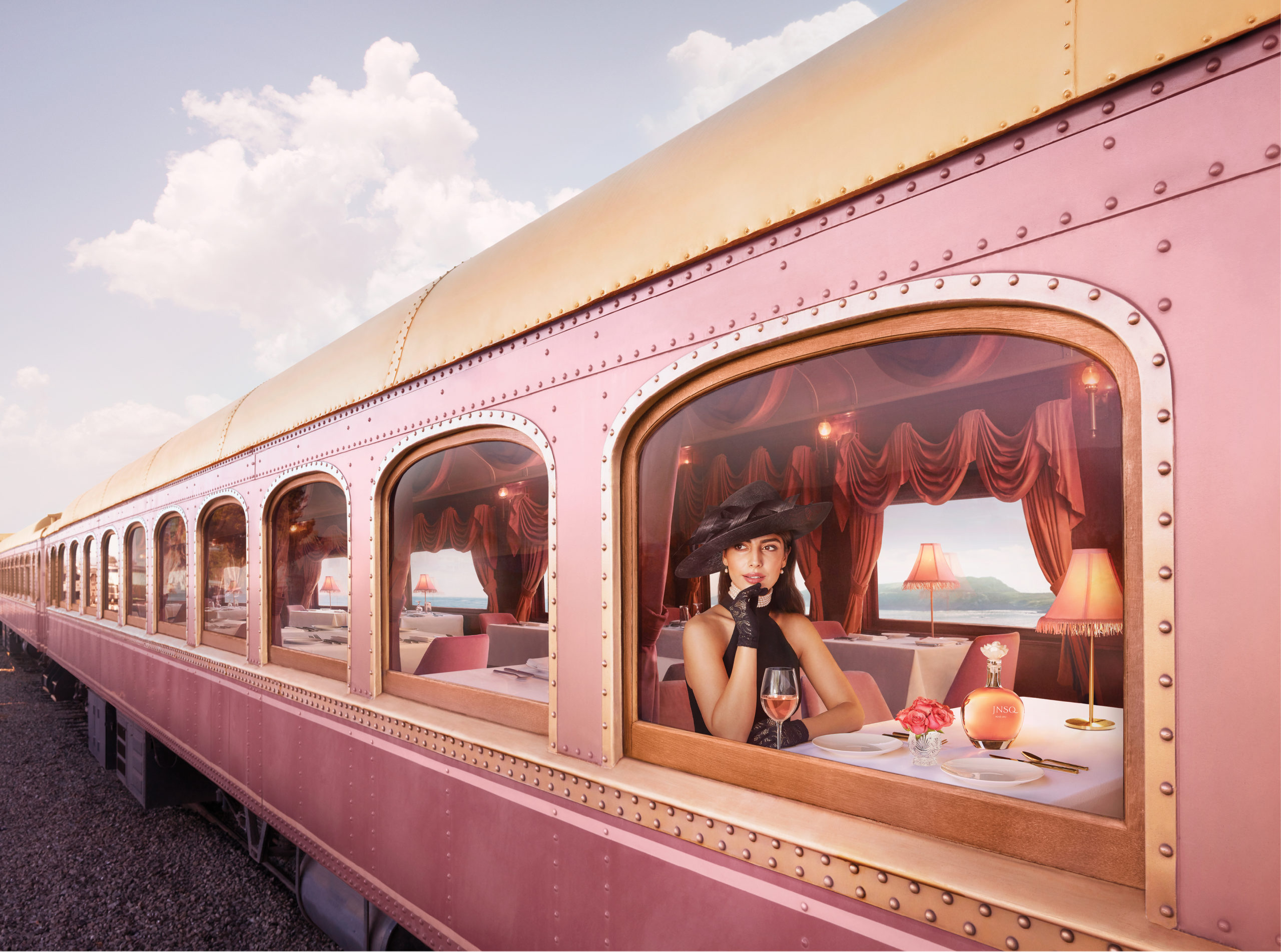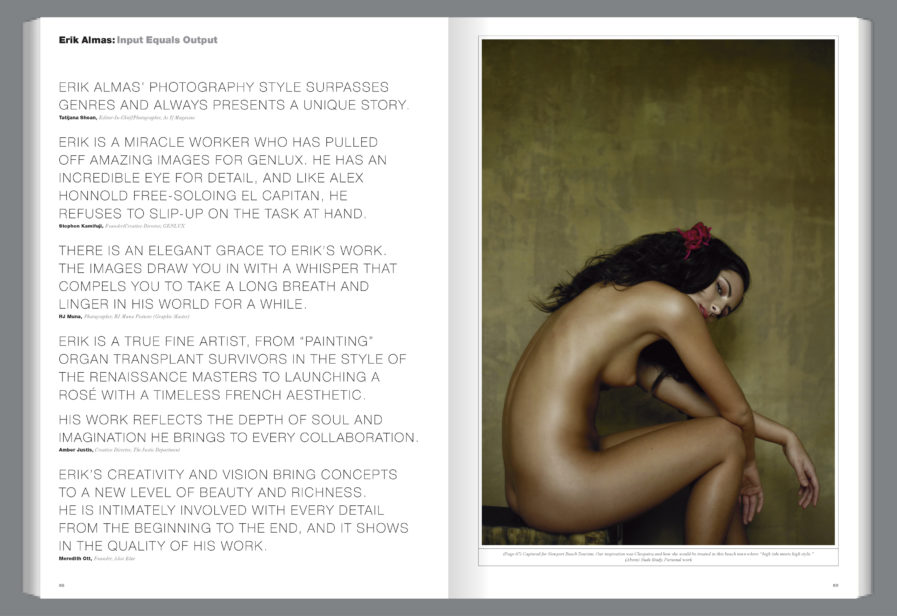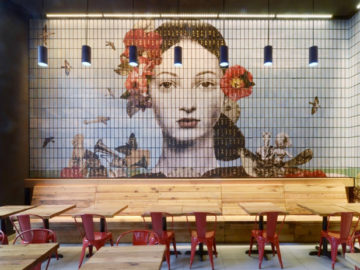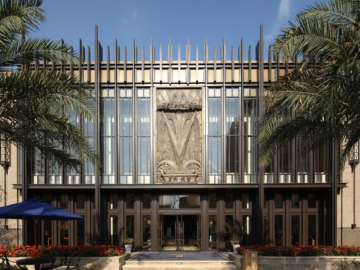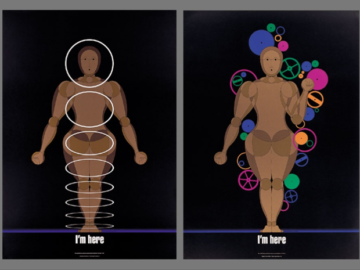Known for his restless, driven, and hardworking attitude, Graphis Master Erik Almas is always pushing himself toward new means of technical and aesthetic expression in his work. He is most well-known for his series of nudes and landscapes, as well as his work with companies like Toyota, the Ritz-Carlton, Microsoft, and the USPS. Despite being well-known for his photography, Almas was not interested in it, nor art, in general, while growing up in Trondheim, Norway. He calls photography something that “sort of fell into his lap” and recalls first being dazzled by the number of lights shining over the Bay Area when he came to the United States to study photography. He studied at the Academy of Art University, graduating with Best Portfolio in the University’s Spring Show, and received an Honorary Degree of Outstanding Alumnus in 2004.
After assisting fellow photographer Jim Erickson for three years he started out on his own. He has lived in San Francisco for thirteen years, though he frequently returns to Norway. He calls himself lucky to have worked with such clients as the Intercontinental Hotel Group, Absolut Vodka, American Airlines, Pfizer, and Nike.
